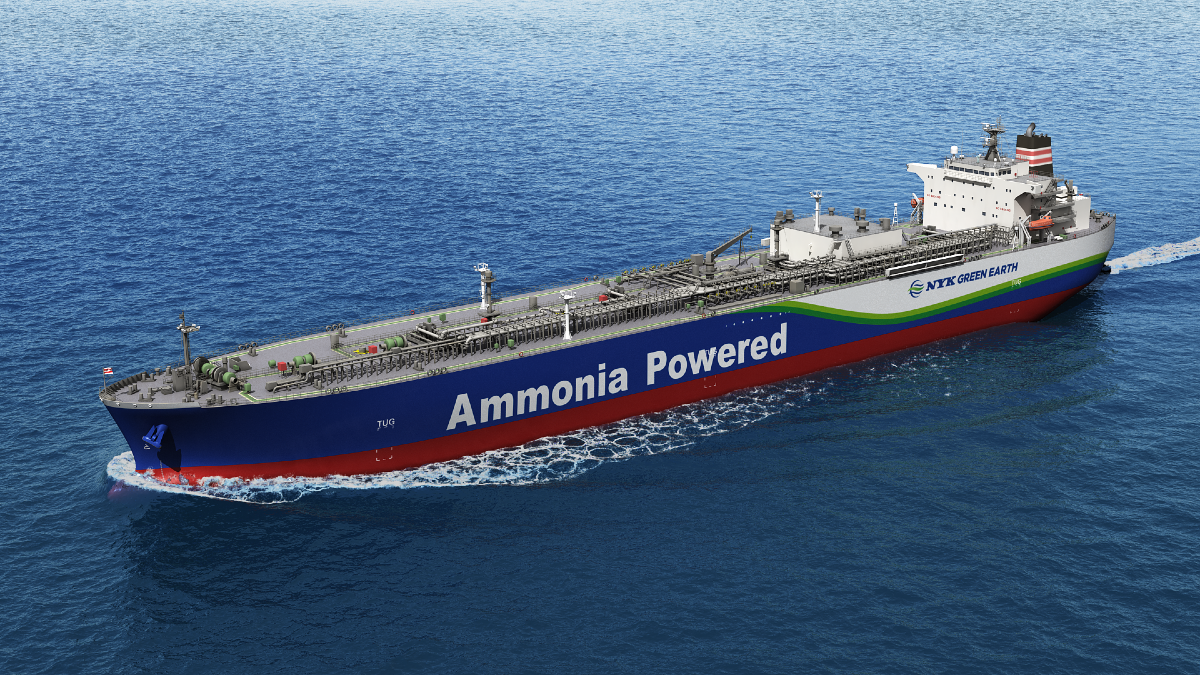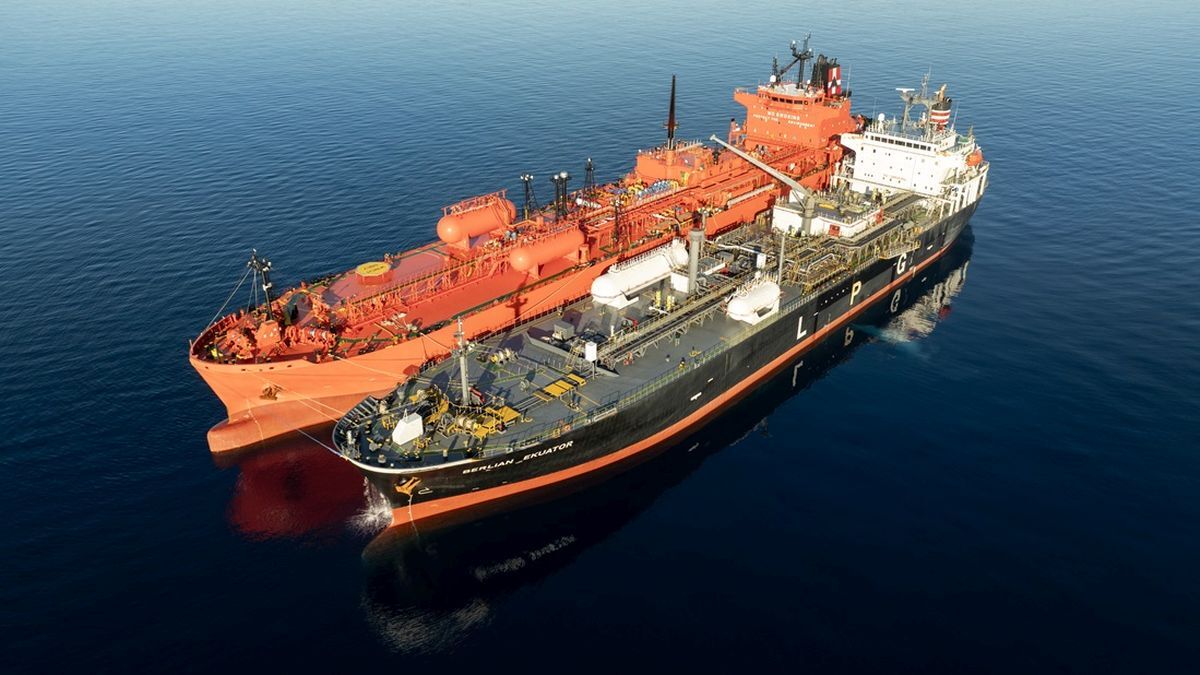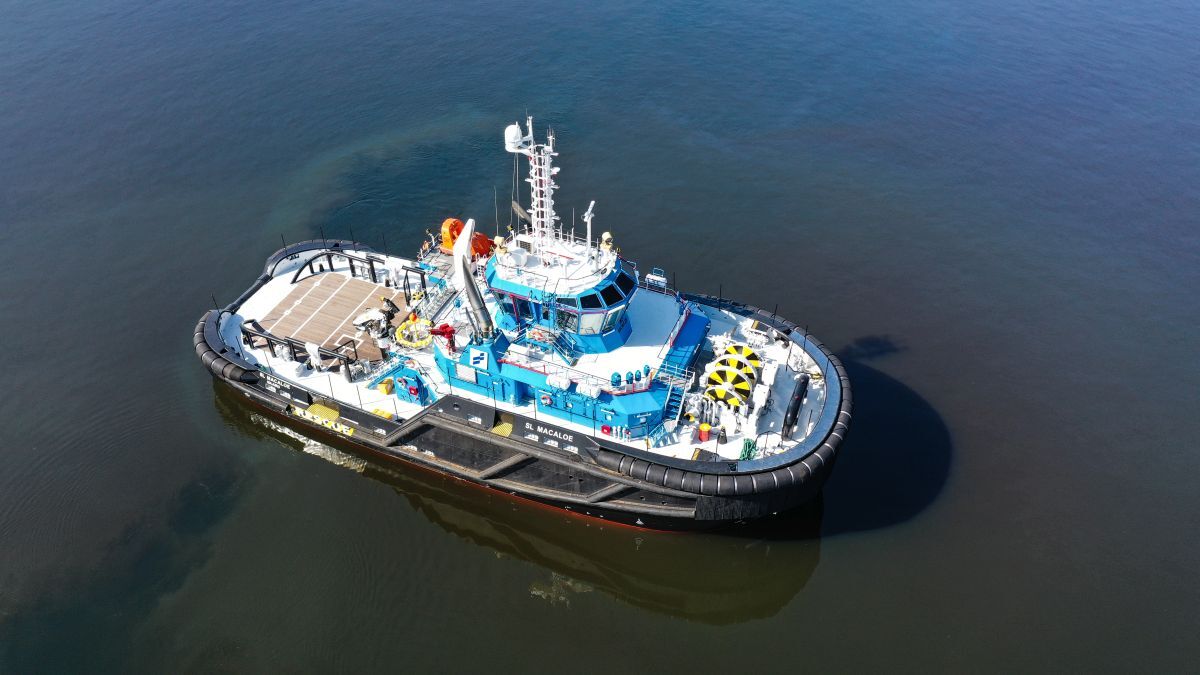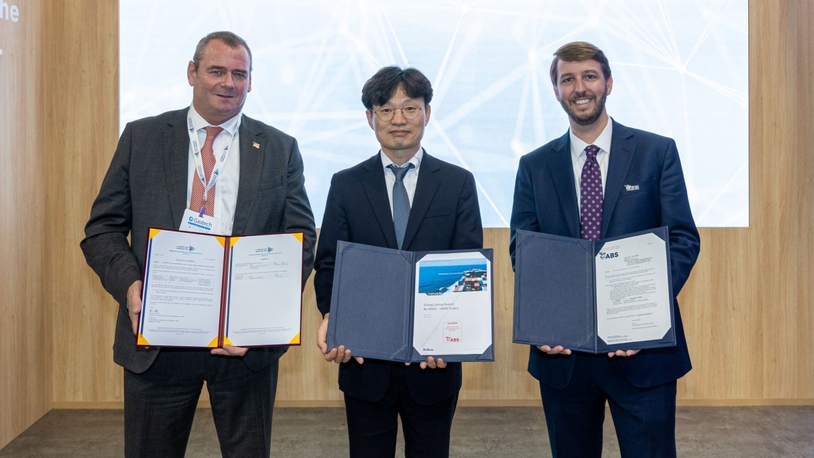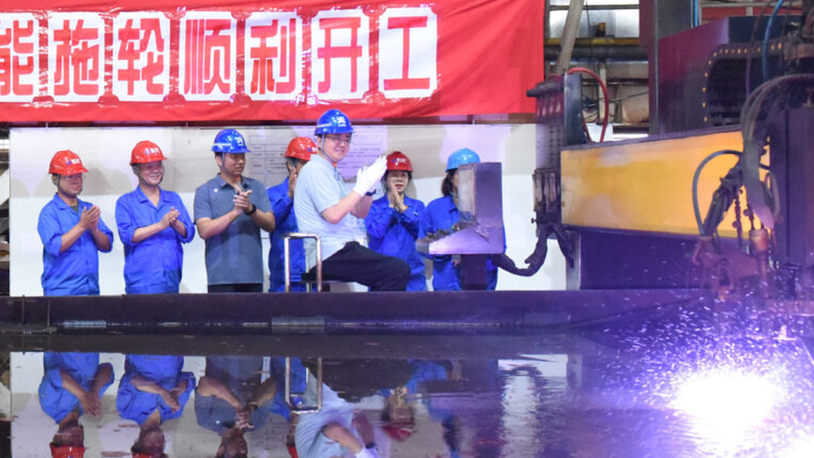Business Sectors
Events
Contents
Register to read more articles.
Float, not sink, all possibilities to explore ammonia as a marine fuel
With the window to limit global temperature to 1.5°C narrowing, shipping needs to explore all possible decarbonisation pathways despite hurdles, including ammonia, writes GCMD chief executive, Lynn Loo
Despite numerous recent reports that are advancing ammonia as a marine fuel, concerns about its toxicity, limited availability and projected costs remain. These concerns are valid and need to be worked on. So is our need to address the irreparable and lasting environmental damage around us.
Not exploring possible pathways either because they hadn’t been done before, or because they are too expensive is no longer a luxury or an option we can afford.
The window to limiting global temperature rise to 1.5°C is rapidly narrowing. And shipping has few options to decarbonise. Especially with the International Maritime Organization (IMO) upping shipping’s emissions-reduction targets last year, shipping must find its own alternative(s) to oil.
A new frame of mind is needed to decarbonise
Oil is cheap. Oil is easy. Low-carbon variants of ammonia are more expensive than conventional fuel oil today. Even as production volumes scale and supply chains mature, low-carbon fuels are unlikely to be as cheap as conventional fuel oil. While strong policy support in the forms of a carbon price, a robust fuels standard, and incentives may narrow the price gap, there needs to be a fundamental shift in what we prioritise and how we do business.
Case in point is the phase out of ozone-harming chlorofluorocarbons (CFCs), which came at huge economic expense given its ubiquity across multiple sectors.
Just as the price of CFCs was not the benchmark when we needed to replace them with more expensive alternatives, oil cannot be our benchmark when decarbonisation is our goal.
Avoiding blind spots and backslides
Combusting ammonia can produce nitrogen oxides, including nitrous oxide, a greenhouse gas with a warming potency over a century that is almost 300 times that of carbon dioxide. Fortunately, engine makers of oceangoing vessels have learned to tune the combustion temperature, fuel injection frequency and deploy chemical scrubbers to keep nitrous oxide emissions to a minimum. Encouragingly, conversations with engine makers have revealed nitrous oxide levels to be lower in recent engine test runs compared to that emitted from engines running on diesel today.
Ammonia’s slow combustion and need for a pilot fuel makes it more suitable for use in the large two-stroke engines than the smaller four-stroke engines. Even as we consider ammonia as a marine fuel, we should target the specific application that capitalises on the inherent characteristics of ammonia.
Leveraging ammonia’s safety record in other industries
Nearly 200M tonnes per annum (mta) of ammonia is produced today; about 20 mta of ammonia is traded globally in gas carriers. Ammonia is used extensively as a fertiliser and a chemical feedstock. Ammonia’s strong safety record in these use cases can provide valuable insights for its safe handling as a marine fuel.
Of the 250 ports worldwide that are loading and offloading fossil fuels, half of them already handle ammonia. Accidents at these terminals are rare because of rigorous operator training, which has minimised human error. Fail-safe and automatic interlocks and emergency shutdown valves kick in when leaks are detected. And sitewide alarms automatically activate to notify those in proximity to seek shelter.
Until safe handling measures were in place, chlorine, also a toxic gas, could not have proliferated as a foundational chemical feedstock and disinfectant.
Until emergency response plans were in place, silane, another toxic gas that spontaneously ignites in air, could not have revolutionised the microelectronics industry.
We must leverage the collective wisdom and experience of stakeholders across the ammonia value chain to develop safety guidelines, emergency response plans and training curriculum for bunkering, much like how sector-specific operational guidelines and protocols were developed to handle chlorine and silane.
The ammonia bunkering pilot safety study published by the Global Centre for Maritime Decarbonisation (GCMD) the lays the foundation for doing so. The study identified 400 risks that can and should be mitigated to as low as reasonably practicable levels, the bases of which have been incorporated into training curricula and shared with standards development organisations to accelerate the drafting of operational guidelines for safe ammonia bunkering.
GCMD will be conducting ammonia transfer pilots at anchorage in key ports to increase crew competence and build stakeholder confidence to help ready the ecosystem for eventual ammonia bunkering.
The Maersk-Mc-Kinney Møller Center for Zero Carbon Shipping and Lloyd’s Register Maritime Decarbonisation Hub, as other examples, are assessing safety risks on board ammonia-propulsion vessels.
Brought together, these efforts can help paint a full picture so ammonia fuel use can adhere to the highest standards of efficiency, safety and environmental protection.
Explore ammonia as a marine fuel
As opposed to sinking the idea of ammonia as a suitable marine fuel replacement, I say we need to continue to explore how we can safely leverage this potentially carbonless source of energy to decarbonise shipping.
Successfully navigating the energy transition will require shipping to venture into technologies whose solution space is not fully fleshed out. It will require us to adopt solutions, likely more expensive and less efficient than fossil fuels.
Our comfort level and cost should not be the only yardsticks by which we measure emerging solutions if we want to achieve our decarbonisation goals.
Riviera Maritime Media’s Maritime Decarbonisation Conference, Asia 2024 will be held in Singapore, 4-5 March 2024, click here for more information on this industry-leading event
Related to this Story
Events
Offshore Support Journal Conference, Americas 2025
LNG Shipping & Terminals Conference 2025
Vessel Optimisation Webinar Week
© 2024 Riviera Maritime Media Ltd.



